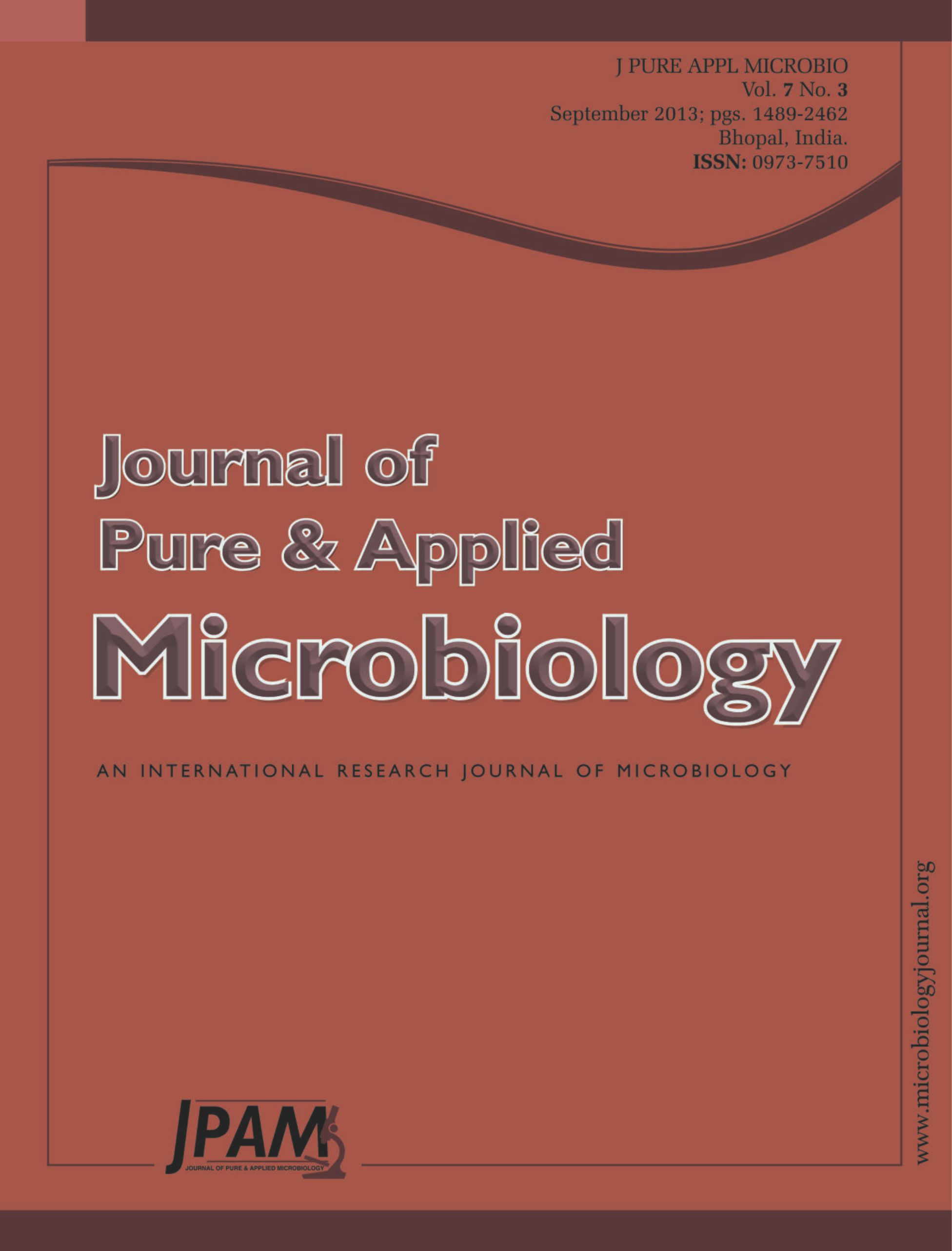Plants are the most important resource of herbal medicines and the occurrence of secondary metabolites with many therapeutic activities A major portion of the general inhabitants in developing countries still make use of long-established folk medicine against ailments since Vedic time. The herbal drugs popularity increased and used widespread. The research is still lagging behind to get the efficacy of plant derived medicines on microorganisms. The eight different medicinal plants (Nyctanthes arbortristis, Vitex negundo, Phyllanthus amarus, Adhatoda vasica, Hemidesmus indicus, Asparagus racemosus, Terminalia arjuna and Terminalia chebula) were exploited in support of phytochemical test and to revise their antibacterial effectiveness on E. coli Dk1 and Staphyllococus aureus MRS901.The screening for antibacterial activity of plant part extract was done by agar well diffusion method. The inhibitory effect was analyzed by calculating Zone of Inhibition (ZOI) and minimum inhibitory concentration (MIC) values. The phytochemical screening of bioactive compounds for presence or absence was done. The result showed the maximum ZOI by Terminalia arjuna and Terminalia chebula (ranges 9-13mm) in both aqueous and methanolic extract than by other plant extracts. The phytochemical screening of bioactive compounds showed the presence of alkaloids, tannins, flavonoids, saponins, terpenoids, glycosides, cardiac glycosides and steroids in aqueous and methanolic extract both. It is suggested that test plants have some antibacterial activity and could be applied on other bacterial strains other than E. coli and S. aureus.
Medicinal Plants, Escherichia coli, Staphylococcus aureus, Phytochemical, Plant Extract
© The Author(s) 2014. Open Access. This article is distributed under the terms of the Creative Commons Attribution 4.0 International License which permits unrestricted use, sharing, distribution, and reproduction in any medium, provided you give appropriate credit to the original author(s) and the source, provide a link to the Creative Commons license, and indicate if changes were made.


